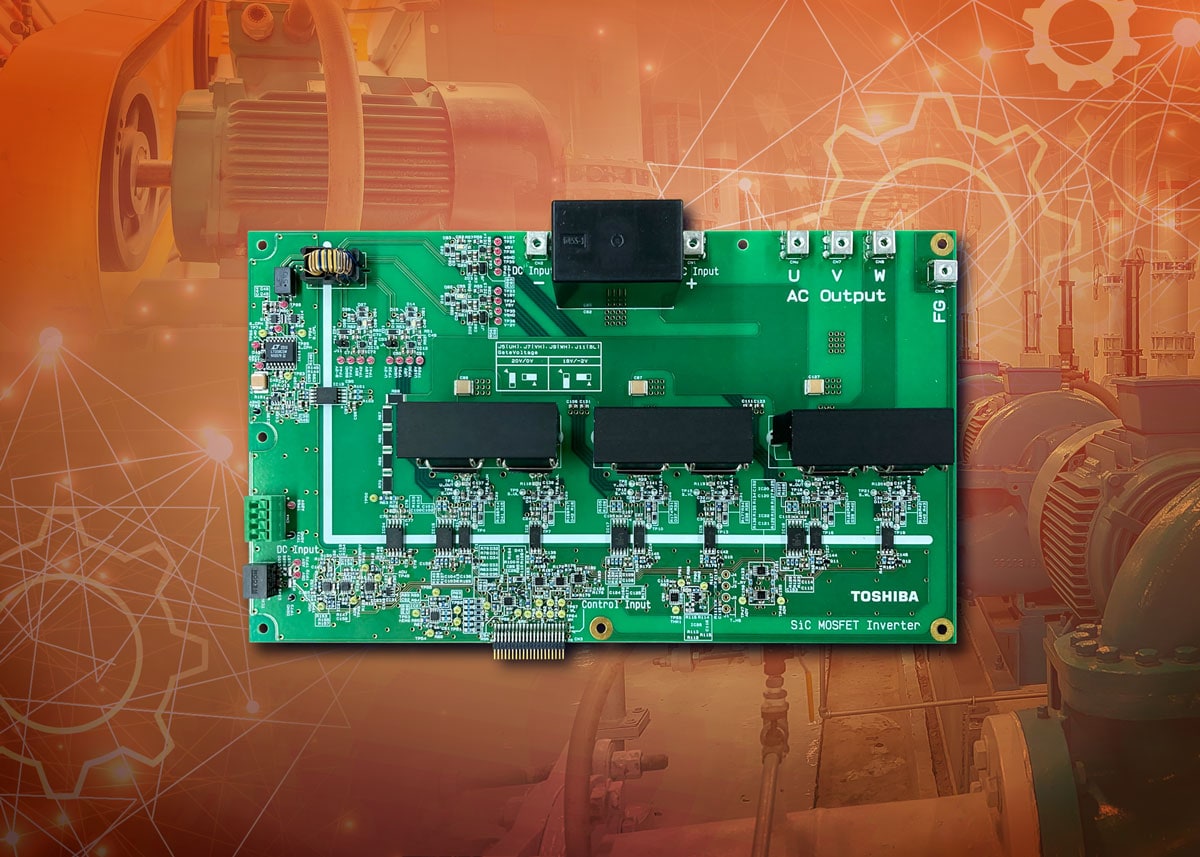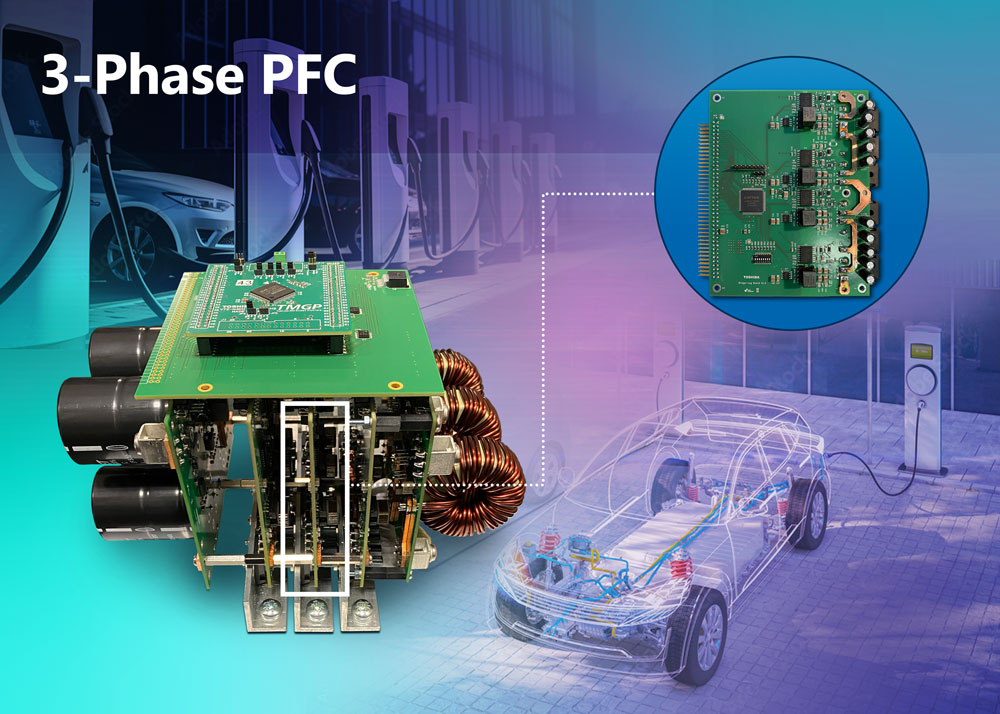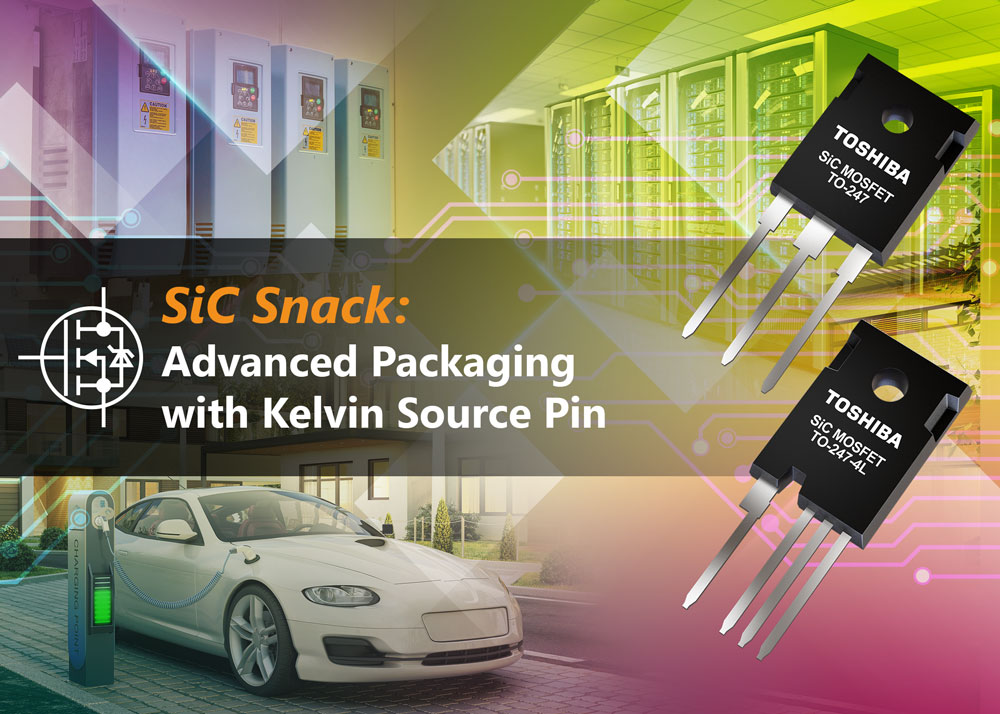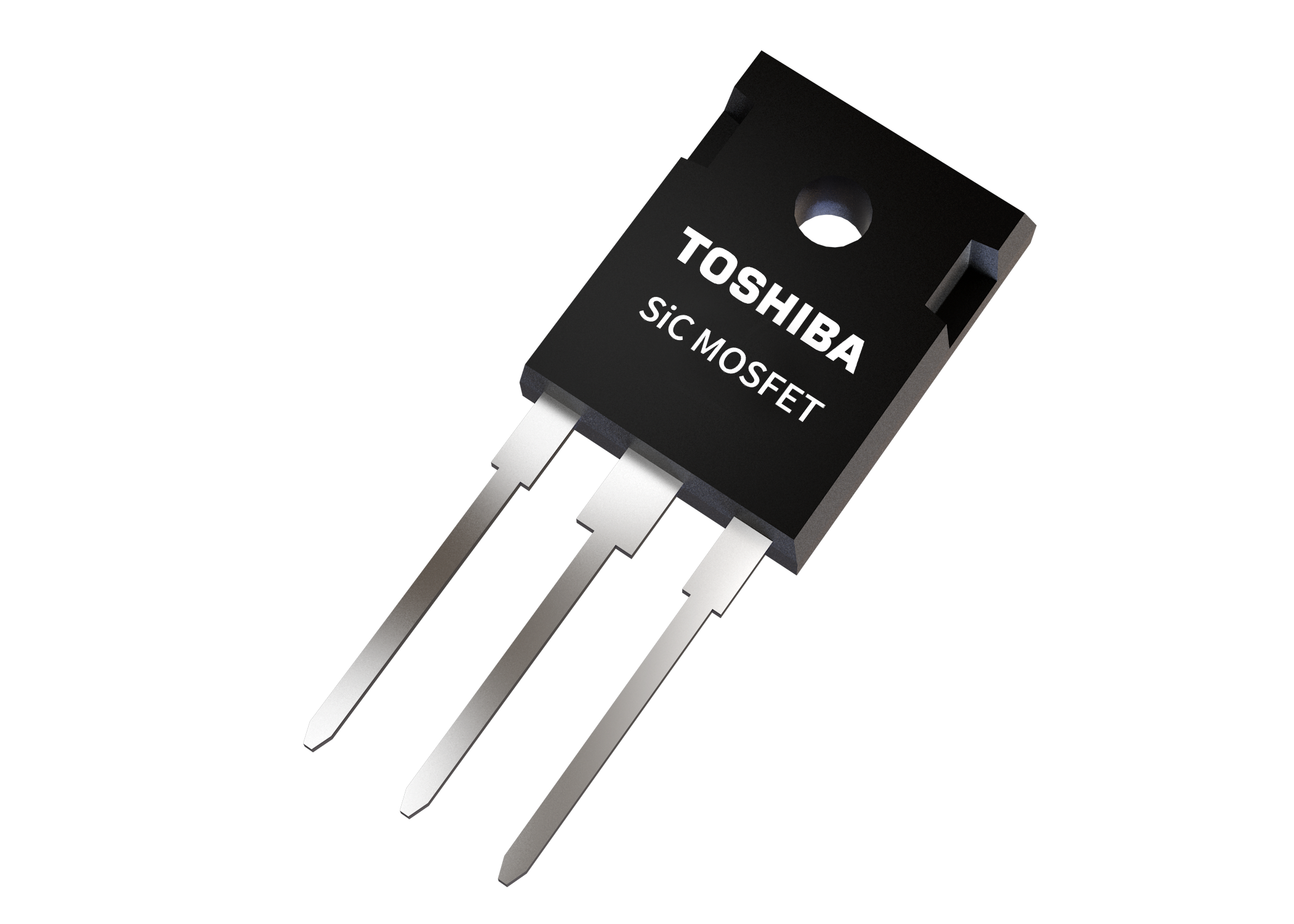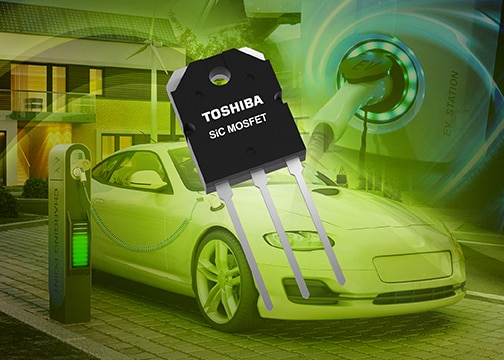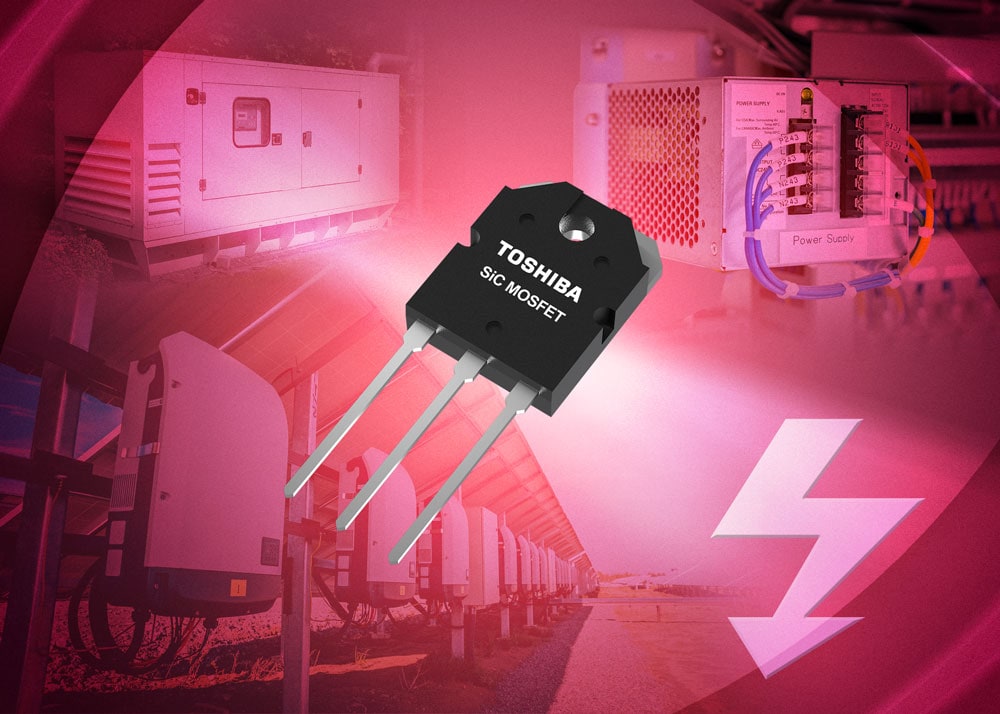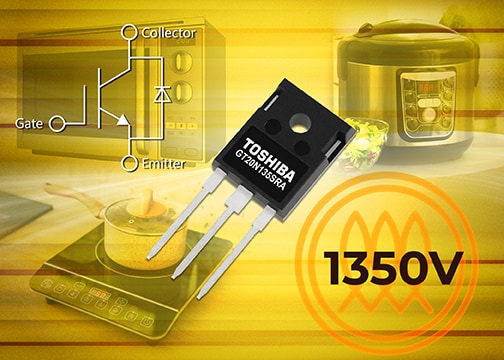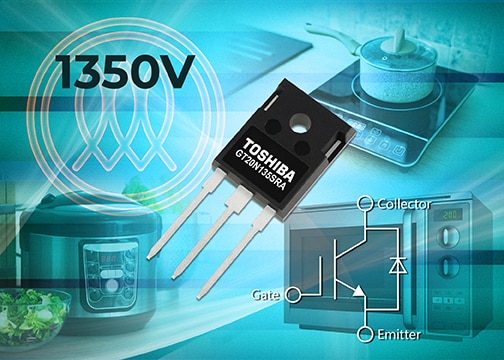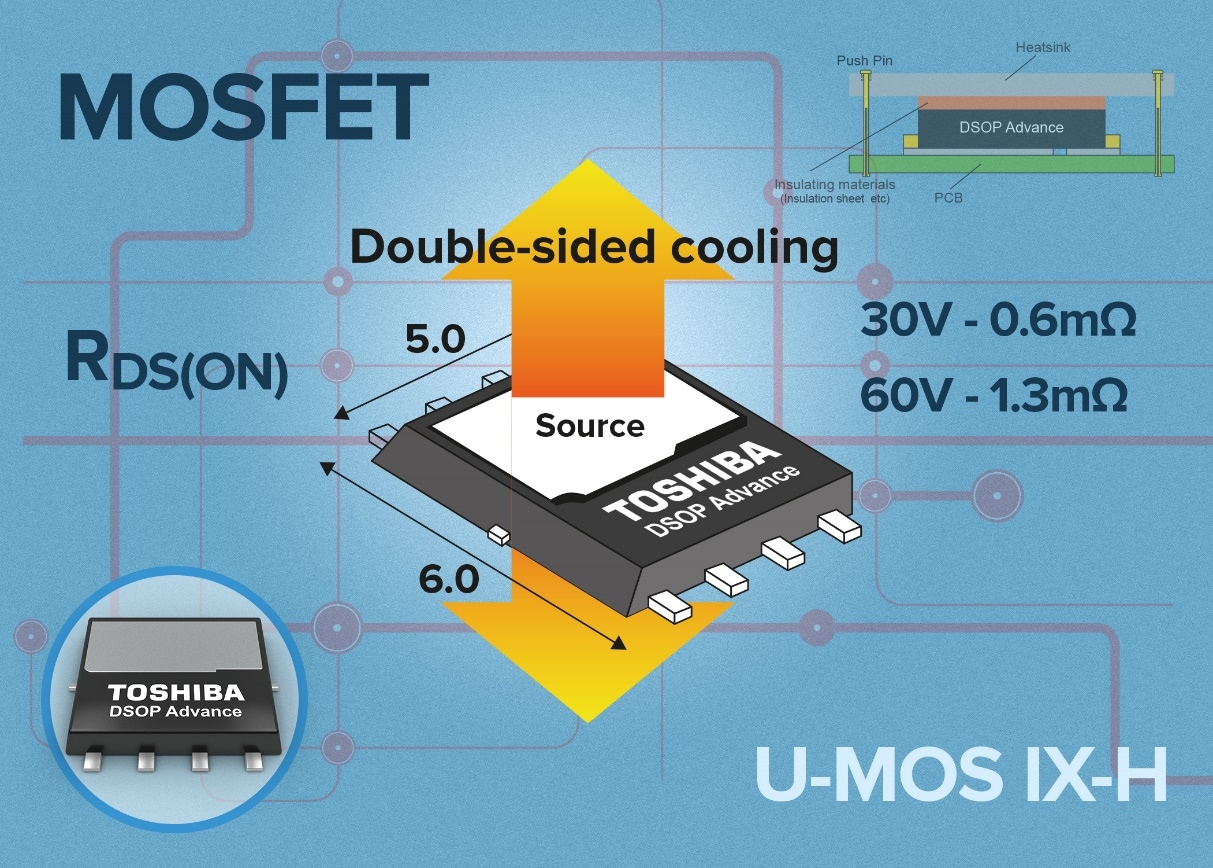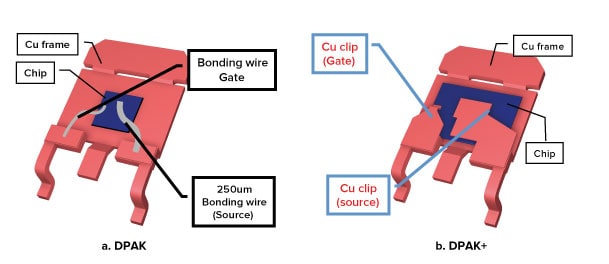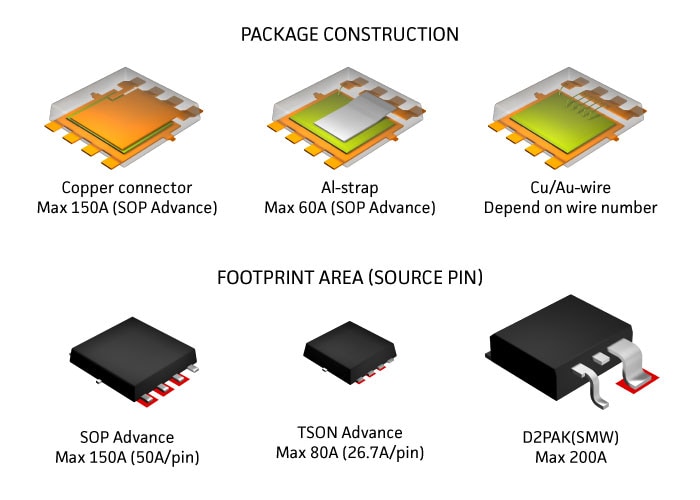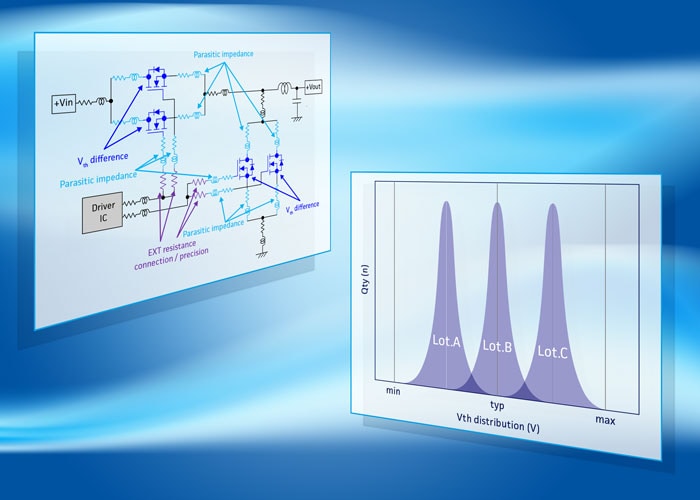- General Top
- SEMICONDUCTOR
- STORAGE
- COMPANY
-
My ToshibaSemicon
- Semiconductor Top
-
ApplicationsAutomotive
Body Electronics
xEV
In-Vehicle Infotainment
Advanced Driver-Assistance Systems (ADAS)
Chassis
IndustrialInfrastructure
BEMS/HEMS
Factory Automation
Commercial Equipment
Consumer/PersonalIoT Equipment
Healthcare
Wearable Device
Mobile
Computer Peripherals
-
ProductsAutomotive Devices
Discrete Semiconductor
Diodes
Transistors
Logic ICs
Analog Devices
Digital Devices
Wireless Devices
※
: Products list (parametric search)
Power SemiconductorsSiC Power Devices
※
: Products list (parametric search)
Isolators/Solid State RelaysPhotocouplers
Digital Isolators
Solid State Relays
Fiber Optic Transmitting Modules
※
: Products list (parametric search)
MOSFETsIGBTs/IEGTsBipolar Transistors※
: Products list (parametric search)
Diodes※
: Products list (parametric search)
MicrocontrollersMotor Driver ICsIntelligent Power ICs※
: Products list (parametric search)
Power Management ICsLinear ICs※
: Products list (parametric search)
General Purpose Logic ICsLinear Image SensorsOther Product ICsOther Product ICs
※
: Products list (parametric search)
-
Design & Development
Design & Development
Innovation Centre
At the Toshiba Innovation Centre we constantly strive to inspire you with our technologies and solutions. Discover how to place us at the heart of your innovations.
-
Knowledge
Knowledge
Highlighted Topics
Further Materials
Other
- Where To Buy
- Part Number & Keyword Search
- Cross Reference Search
- Parametric Search
- Stock Check & Purchase
This webpage doesn't work with Internet Explorer. Please use the latest version of Google Chrome, Microsoft Edge, Mozilla Firefox or Safari.
require 3 characters or more. Search for multiple part numbers fromhere.
The information presented in this cross reference is based on TOSHIBA's selection criteria and should be treated as a suggestion only. Please carefully review the latest versions of all relevant information on the TOSHIBA products, including without limitation data sheets and validate all operating parameters of the TOSHIBA products to ensure that the suggested TOSHIBA products are truly compatible with your design and application.Please note that this cross reference is based on TOSHIBA's estimate of compatibility with other manufacturers' products, based on other manufacturers' published data, at the time the data was collected.TOSHIBA is not responsible for any incorrect or incomplete information. Information is subject to change at any time without notice.
require 3 characters or more.
Finding the optimal power switching solution for cordless handheld tools
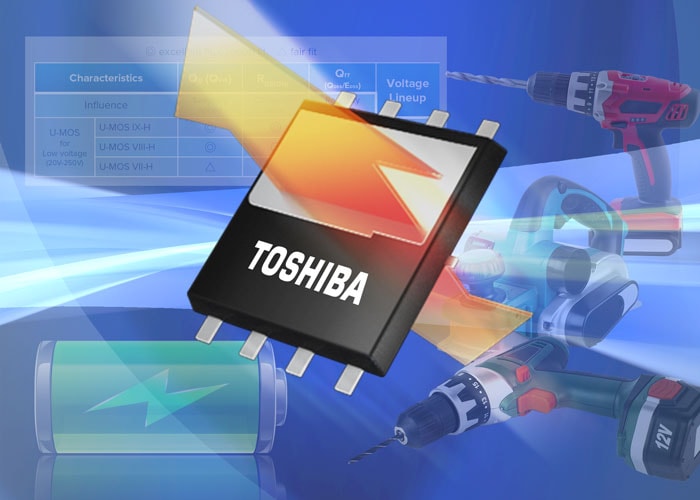
Power tools have simplified the lives of professional tradespeople and craftspeople providing accurate and fast operation that is significantly less demanding on the human body than their manual alternatives. With the advent of powerful, compact and long-lasting battery technology, portable power tools have enabled work, maintenance and repairs to be undertaken almost anywhere. Consumers with a hand for DIY have also benefitted, with many power tool manufacturers providing innovative, value-for-money solutions with interchangeable battery packs.
The architecture of all cordless tools follows the same basic approach regardless of function. The power element is delivered by a motor and its control electronics, often utilizing the efficiencies offered by brushless DC (BLDC) motors. Power is supplied via a rechargeable battery pack, with energy being stored in Lithium-Ion batteries watched over by a battery management system. Finally, restorative charge is supplied by an AC/DC adapter, delivering a suitable charging voltage from the household mains supply.
What all these system blocks have in common are power switches, such as MOSFETs, which control power delivery in conjunction with matching control circuitry. With power tools often being used and carried for long stretches, several requirements drop out that impact the MOSFET selection. Efficiency, which also impacts heat generation, is high on the list. Also, in order to develop tool that lies comfortably in the hand, devices need to be selected whose packaging enables the desired form factor.
The latest generation of low-voltage U-MOS IX-H MOSFETs from Toshiba tackle these requirements, starting with the key parameters that impact power losses in switching applications; gate charge (Qg), on-resistance (RDS(ON)) and recovery charge (known as Qrr, Qoss or Eoss). This has led to best-in-class Qg vs RDS(ON) along with improvements in recovery charge that typically adversely impact EMI and, occasionally, can lead to errors in current monitoring measurements. These improvements over previous generation devices help deliver smoother motor control and extend battery life to power tools.
Packaging is also a critical element in the component selection process, both from the aspect of manufacturability as well as implementing a suitable heat dissipation strategy. The new DSOP Advance package is a dual-inline surface mount package that integrates a metal slug in the upward facing surface. Topside thermal resistance, channel to case, can be as low as 0.93°C/W combined with a low 0.88°C/W on the bottom side via the metal frame (Tc = 25°c). Such packaging advancements enable power tool developers to offer innovative form factors, as well as compact charging solutions and batteries.
To find out more about low-voltage U-MOS IX-H MOSFETS and how they support innovative cordless products, take a look at our white paper available here:



